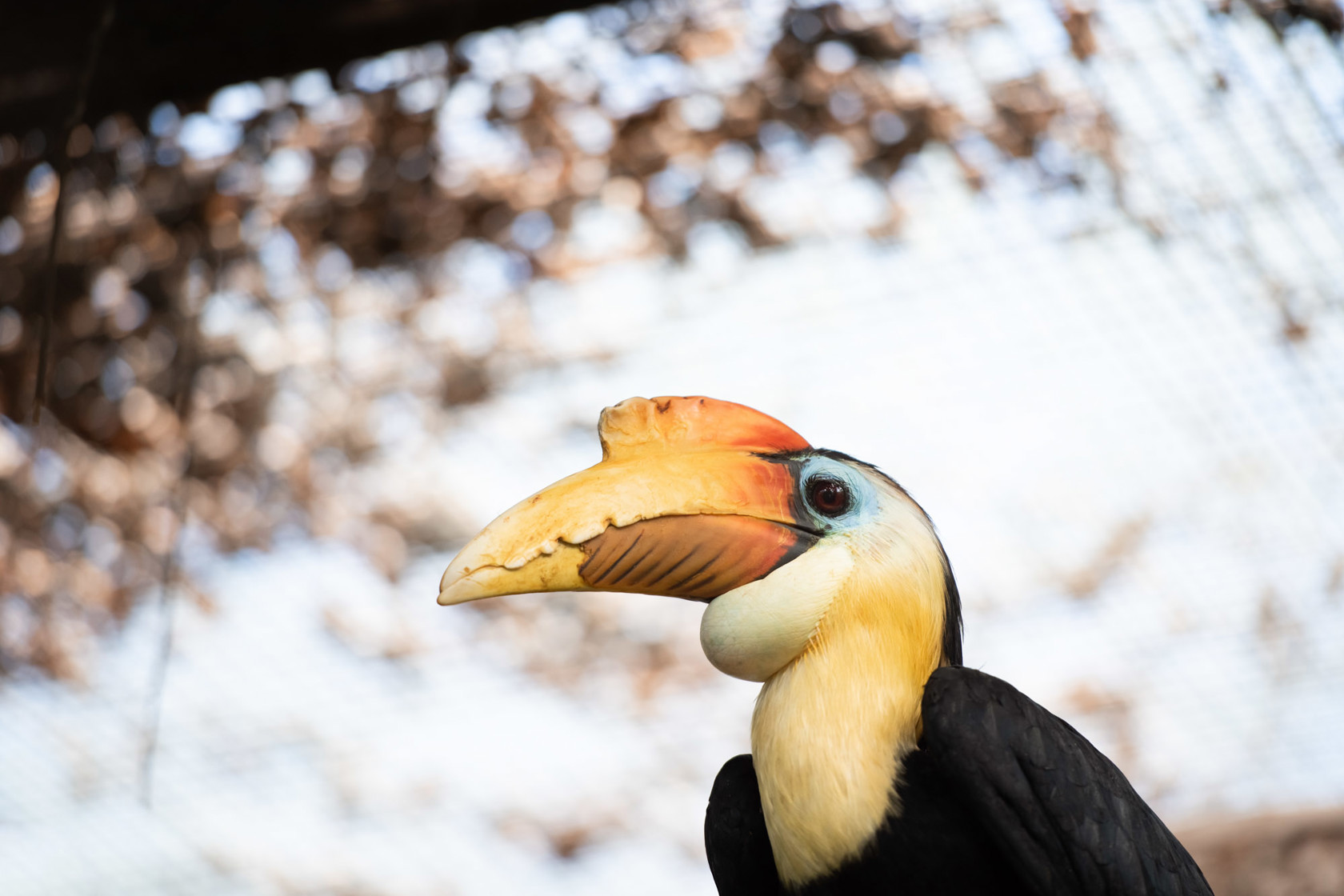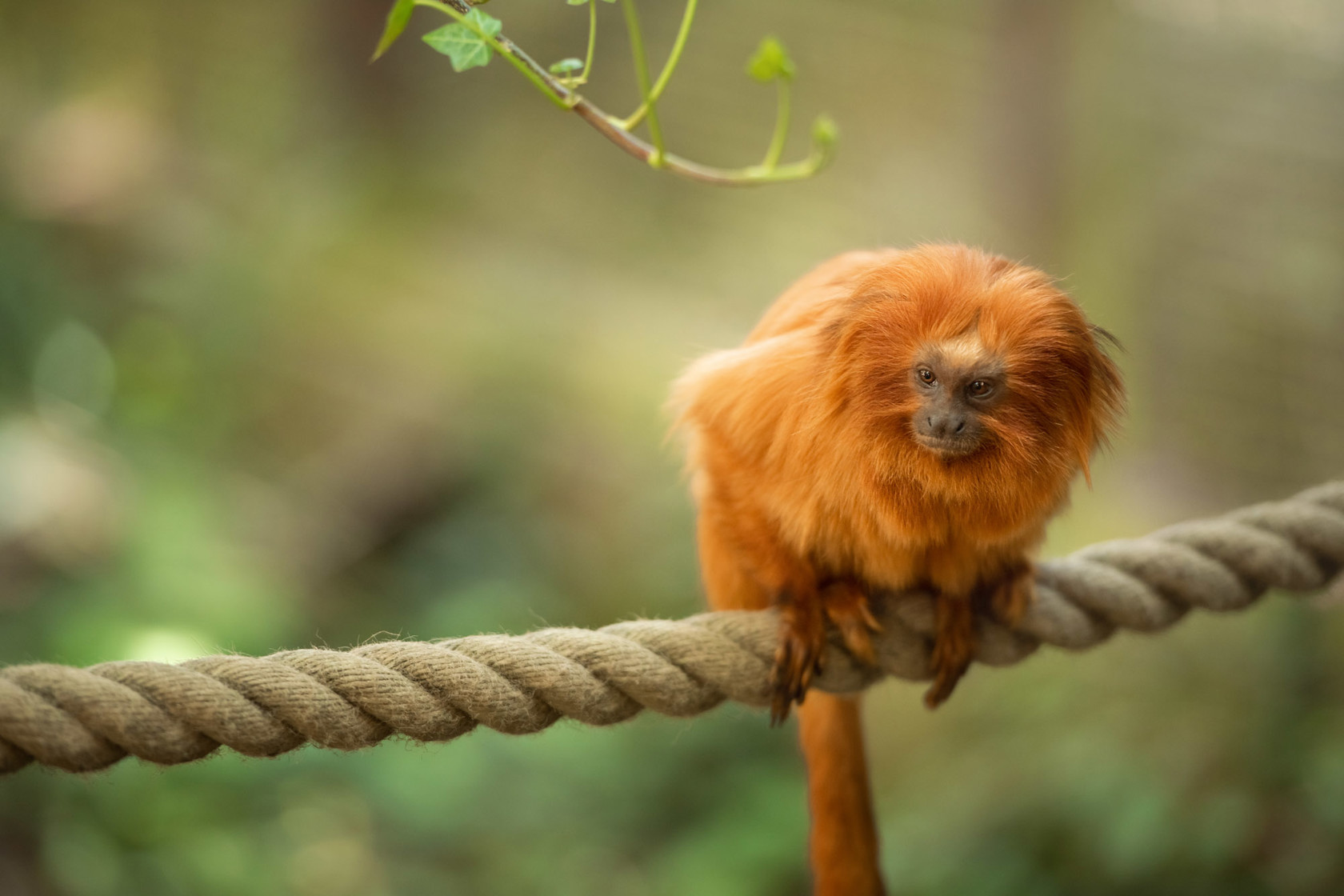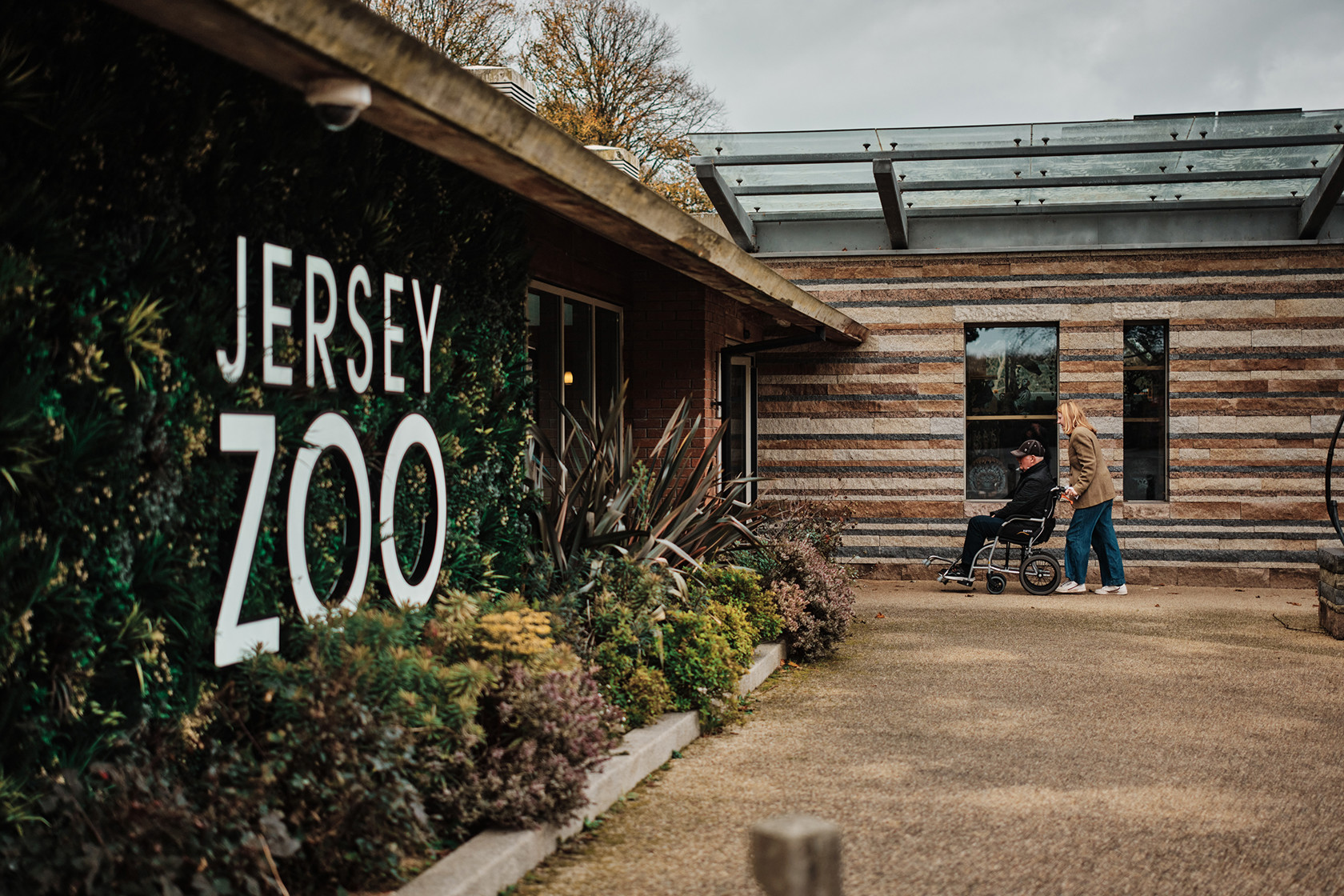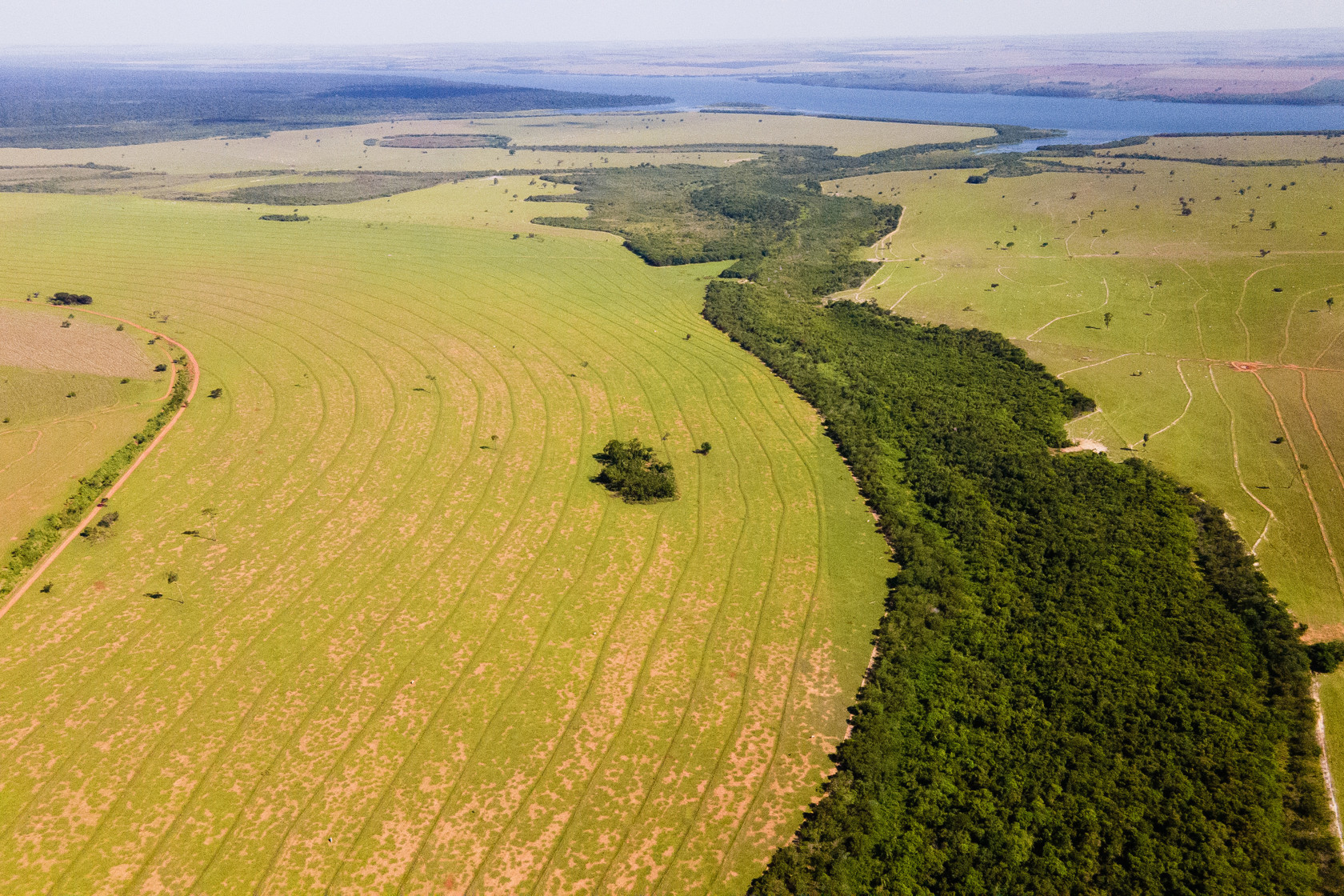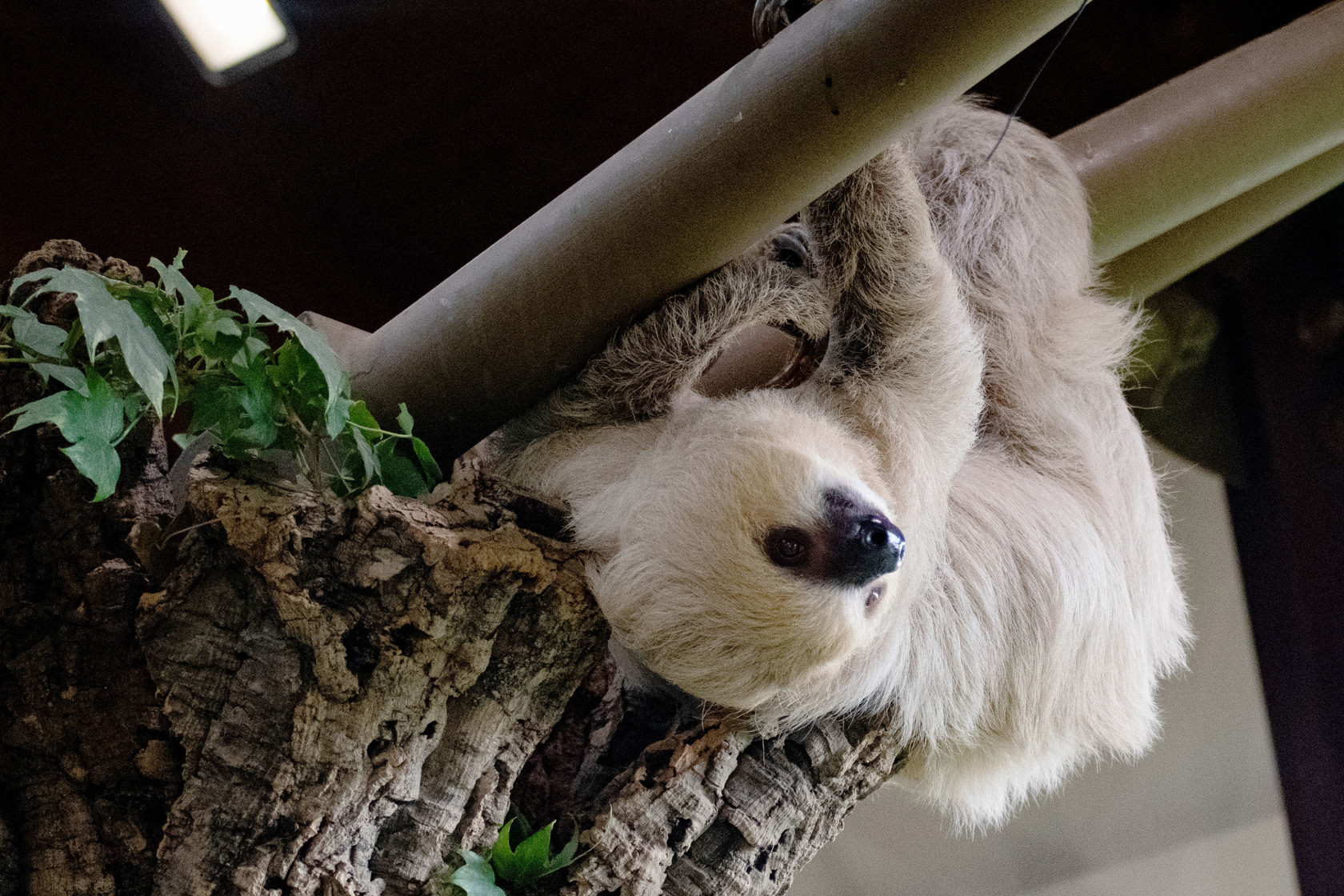In Celebration of World Ranger Day 2020
For centuries, people have shared the places they live with wildlife and, still today, people live in and around Durrell’s key rewilding sites. They are the ones who know these zones better than any conservationists, and it is in their interest to protect their natural landscape as it provides rich and important natural resources. One of the main ways that Durrell works with local communities to protect biodiversity is through supporting local people to join community-led patrol groups who record pressures to wildlife, for example, fires, deforestation, trespassing or illegal crop planting within the protected areas.
Durrell has invested in promoting community-led patrols in important sites for biodiversity across Madagascar using the latest technologies and working closely with local and regional Malagasy partners. Today, these sites include The Lake Alaotra Protected Area and Ramsar Site, Ambondrobe Protected Area and Ramsar Site, Ankarafantsika National Park and Ramsar site, Baly Bay National Park and Menabe-Antimena Protected Area.
Please join the team in celebrating the extraordinary and selfless work of Durrell's rangers on World Ranger Day by donating to help support this important work across Madagascar. DONATE NOW
Written by Angelo Ramy Mandimbihasina, Durrell's Patrol Coordinator, and Harriet Croome, Durrell's Trust & Grants Fundraising Officer
Photos: Header and images 1 – 2: Chris Scarffe / Images 3 – 4: Durrell
Durrell has invested in promoting community-led patrols in important sites for biodiversity across Madagascar using the latest technologies and working closely with local and regional Malagasy partners. Today, these sites include The Lake Alaotra Protected Area and Ramsar Site, Ambondrobe Protected Area and Ramsar Site, Ankarafantsika National Park and Ramsar site, Baly Bay National Park and Menabe-Antimena Protected Area.
Alaotra and the gentle lemur
In Lake Alaotra, the team patrols the lake and marsh to protect the endemic and Critically Endangered Alaotran gentle lemur, Goodman’s mouse lemur, water birds and Durrell’s vontsira – a rare carnivore only recently discovered by Durrell’s staff in Madagascar. Alaotra has 91 community rangers coming from 25 villages surrounding the lake. They report that the principal threats affecting the biodiversity of Lake Alaotra and its marsh are the transformation of the habitat into rice fields, marsh fires, illegal fishing and animal trapping or hunting. Alaotra is the main rice-growing region of Madagascar and so transforming the marsh into rice field is the most difficult threat the team faces, particularly as the conversion is often driven by powerful people who come from outside of the villages themselves. Being a ranger is a dangerous job but, even in the face of threats to their safety, Durrell’s patrollers in Alaotra remain wholly committed to their vital role. This year, to upskill and motivate patrollers, everyone has been trained to use tablets and Cybertracker software. Cybertracker uses images rather than words to describe each of the pressures a patroller may encounter, meaning even those with poor literacy skills can enter data effectively and feel confident doing so. Having this system in place is an enormous step forward for patrolling in the region. Thanks to IUCN SOS Lemur Initiative and Curraghs Wildlife Park for their support to Alaotra.Ambondrobe and the big-headed turtle
Ambondrobe Ramsar Site is made up of Lake Ambondrobe, surrounding satellite lakes and forest. The lake is home to one of the last remaining populations of Critically Endangered Madagascar big-headed turtle, the Madagascar fish eagle, pond heron and many other species of waterbird. Ambondrobe is fast becoming one of Madagascar’s most important sites of biodiversity. It is also Durrell’s newest patrol site, the community-led patrol groups having been set up in 2015 with 28 members. Ambondrobe is a very remote zone, without cell phone coverage and accessible only during the dry season. As in Alaotra and Menabe, the main threats reported in Ambondrobe are fires, forest clearing, logging and animal trapping. Law enforcement is not well established in the region, so the results of our patrol reports are hugely significant as a tool to reinforce awareness and encourage people to protect their forest and biodiversity. Durrell has recently been awarded grants from USAID Mikajy and the Darwin Initiative to scale up the Trust's patrolling and rural development initiatives in Ambondrobe – watch this space for more updates! Thanks also go to the Ernest Kleinwort Charitable Trust for their support in saving key endemic species in Ambondrobe.Ankarafantsika and the big-headed turtle
Inside Ankarafantsika National Park, the community patrols protect three lakes: Ravelobe, Antsilomba, and Ankomakoma. Like Ambondrobe, this special site is home to the Madagascar big-headed turtle and many endangered waterbirds including the fish eagle and pond heron. Durrell has been working in this part of Madagascar for over two decades with patrols starting in 2000. The patrol groups now have 52 rangers from 10 villages, supported by Durrell staff, Madagascar National Parks and local law enforcement officers. Unlike other sites, illegal fishing – mostly at night and by people from outside the village – is the main problem in the region followed by cutting vegetation, logging and fires. Ankarafantsika patrollers enforce the local fishing regulations and the closed season when fishing is not permitted to allow stocks to recover. Durrell's patrollers are not armed, so they are regularly accompanied by military or police officers as it is a highly pressurised environment that can become volatile. Thanks to National Geographic, Mohammed Bin Zayed Species Conservation Fund and Fondation Ensemble for their support in patrolling and big-headed turtle conservation at Lake Ravelobe.Baly Bay and the ploughshare tortoise
The Ploughshare Tortoise Protection Programme is Durrell’s longest-running continuous conservation project and is the main reason the Trust has a permanent presence in Madagascar, starting in 1986. This species is on the brink of extinction due to poaching for the illegal pet trade, so community patrols are Durrell's primary means of protecting the tortoise in its natural habitat within Baly Bay National Park. Community-led patrols began in 2010 with 24 rangers recruited from 13 villages. The number of patrollers and sites patrolled has fluctuated in the years since as the population first increased thanks to successful releases of captive-bred tortoises, and then decreased after poaching intensified from 2015. Today there are 52 patrollers based at eight sites, and fewer than 200 tortoises remaining in the wild. Durrell’s team provide supervision to these rangers and work closely with Madagascar National Parks, who manage the park, and local law enforcement officers. The main threats are people entering the habitat, either for poaching or to graze their cattle, which damages the unique bamboo scrub habitat. Durrell's unarmed patrollers undergo extensive personal security training by international security experts G4S and are regularly accompanied by military or police officers. Although Baly Bay is one of the most challenging sites that the Trust works in, the presence of patrollers has ensured that no tortoises have been stolen since April 2018, and no attempted thefts were reported during this time also. In 2016, patrol reports were used as evidence in the trial of a person caught in possession of a ploughshare tortoise. This person, who was the first-ever individual to go to prison for committing a wildlife crime in Madagascar, received the equivalent of a $60,000 fine and a two-year prison sentence. Durrell's programme of activities to save the ploughshare tortoise from extinction and crack wildlife smuggling in Madagascar is generously supported by the IWT Challenge Fund and the United States Fish & Wildlife Service.Menabe-Antimena, the giant jumping rat and the flat-tailed tortoise
In Menabe-Antimena Protected Area, patrols have been taking place in the dry deciduous forest and mangroves since 2007 to protect the forest ecosystem, including rare plant species and the Critically Endangered Malagasy giant jumping rat and flat-tailed tortoise. Deforestation in Menabe has increased rapidly in recent years to make way for illegal corn farming, making the work of the community patrol groups even more important. The patrol groups now have a membership of 88 rangers from 12 villages and their observation from the last few months show illegal clearing and planting is still on the rise, likely made worse by fears around COVID-19 and the associated loss of revenue to the country. In April 2020, 74 pressures were recorded, but in June this jumped to 240, mainly including fires and tree clearing. Illegal logging, camping and charcoal making are also observed regularly by patrollers in the core protected area. Rangers face threats from farmers and corn buyers, but their dedication to protecting the forest is strong, and membership continues to grow monthly. Durrell's vitally important work in Menabe is supported by USAID Mikajy and Critical Ecosystem Partnership Fund, who support patrolling and rural development initiatives in the region.Please join the team in celebrating the extraordinary and selfless work of Durrell's rangers on World Ranger Day by donating to help support this important work across Madagascar. DONATE NOW
Written by Angelo Ramy Mandimbihasina, Durrell's Patrol Coordinator, and Harriet Croome, Durrell's Trust & Grants Fundraising Officer
Photos: Header and images 1 – 2: Chris Scarffe / Images 3 – 4: Durrell

